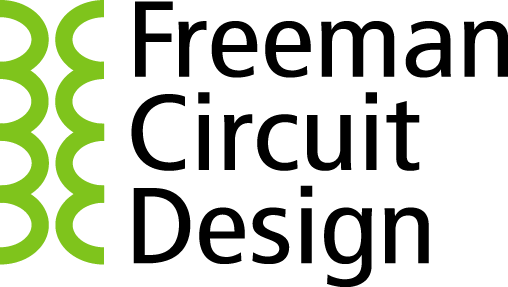Miniaturization in Circuit Design
It is no surprise that the medical device market demands lightweight, portable feature-rich devices with high resolution imaging outputs. Meeting these demands requires advances in optical engineering, technology, materials, and manufacturing. In this Q&A, we asked Joel Melnick to address the challenges of miniaturization in device prototyping.
How big of a priority is miniaturization to the clients you serve/have served? Are there particular industries which prioritize this more over others?
Miniaturization takes priority in medical device and surgical instrumentation because the size and weight of the device impacts the user and the patient. You can imagine how tiny the device needs to be in ophthalmic endoscopy, where the surgeon inserts an ultra-small endoscope into the eye. If the diameter of the insertion is less than 1mm, stitches are not required to close the entry site, speeding patient recovery times. It’s also critical in neurosurgery devices – it’s important to keep tools small while operating in the complex and small areas of the brain.
Miniaturization is also on the priority list in spinal endoscopy, small joint surgeries in the wrists and ankles, and minimally invasive surgeries in pediatrics and veterinary practices.
Where do the greatest challenges lie when considering miniaturization of a design? Are there particular components that pose limitations?
It is tough to obtain a high-resolution image of tiny surgical areas. Imaging can be difficult because you’re working with a small light source and a small sensor, which limits the number of pixels in the image and reduces quality. Performance can’t be compromised though. Recently, we helped a medical device startup develop a surgical headset at ½ the size and 3x increase in NIR illumination over existing technologies.
In the manufacturing phase, miniaturized components require precision handing, like ultra-small image sensors, that are typically soldered to flex cables that ultimately fold to fit into small endoscopes. Miniature medical instruments tend to have very small wire gauges, which pose challenges in handling and assembling the connectors. It is also important to consider the space around these components for adequate EMI shielding.
Where does miniaturization play into the design phases? Is this typically something that needs to be included in the ground-up design, or added later?
That’s a great question. I can’t stress enough the importance of identifying miniaturization limits early in the design process so the engineering team can enter the prototype development phase with those tolerances in mind. Getting it right from the outset helps speed time-to-market.
Where is miniaturization headed? Are there any anticipated components that will make smaller sizes and weights more accessible?
I am seeing advancements in image sensor technologies which allow improvements in reducing pixel size while maintaining reasonable imaging quality. Overall, image sensors are achieving higher sensitivity in a smaller package with better integrated optics. Medical systems using digital signals can exist on a chip, allowing smaller electrical components like micro- and nano-sized connectors.
Another area is laser illumination, which allows very small fibers to conduct larger amounts of light and mix selectable wavelengths. New fluorophore dyes will enable in-vivo detection with miniature imaging systems. Higher capability 3D printing will allow more precision and a wider choice of materials – which expands the possibilities of miniature metal components required for miniaturization.
Following Design for Manufacturability (DFM) principals reduces manufacturing costs by streamlining the design process. Learn how Freeman Circuit Design applied DFM concepts to quickly commercialize a smaller, lighter surgical headset that delivered 3x the performance.
